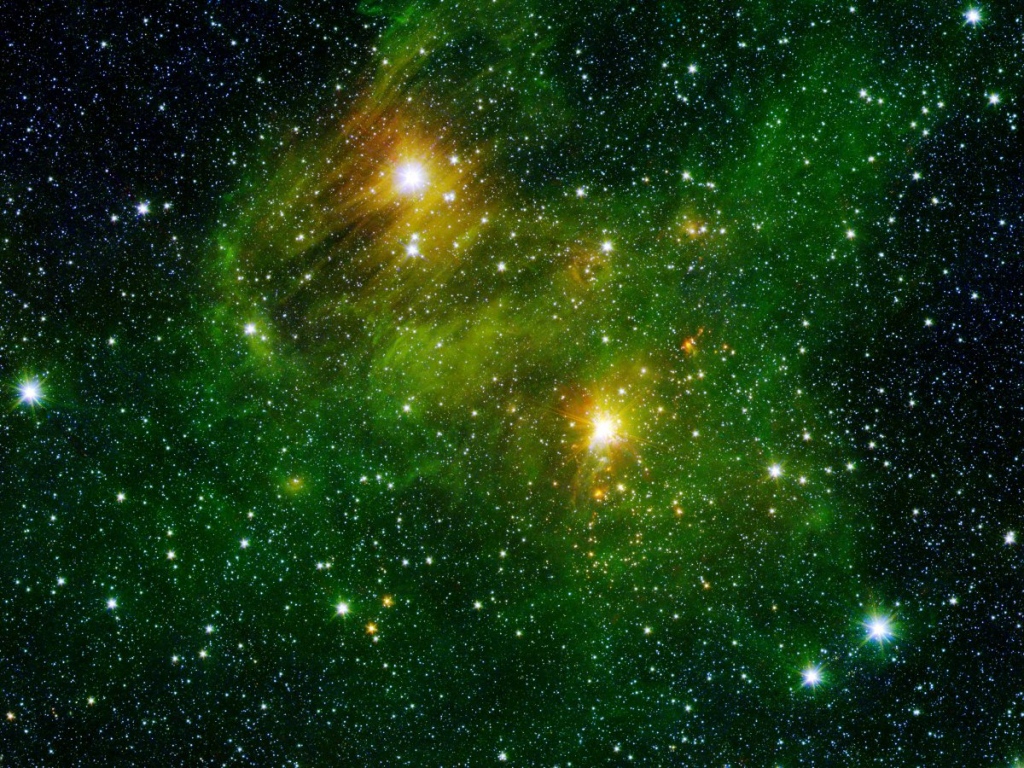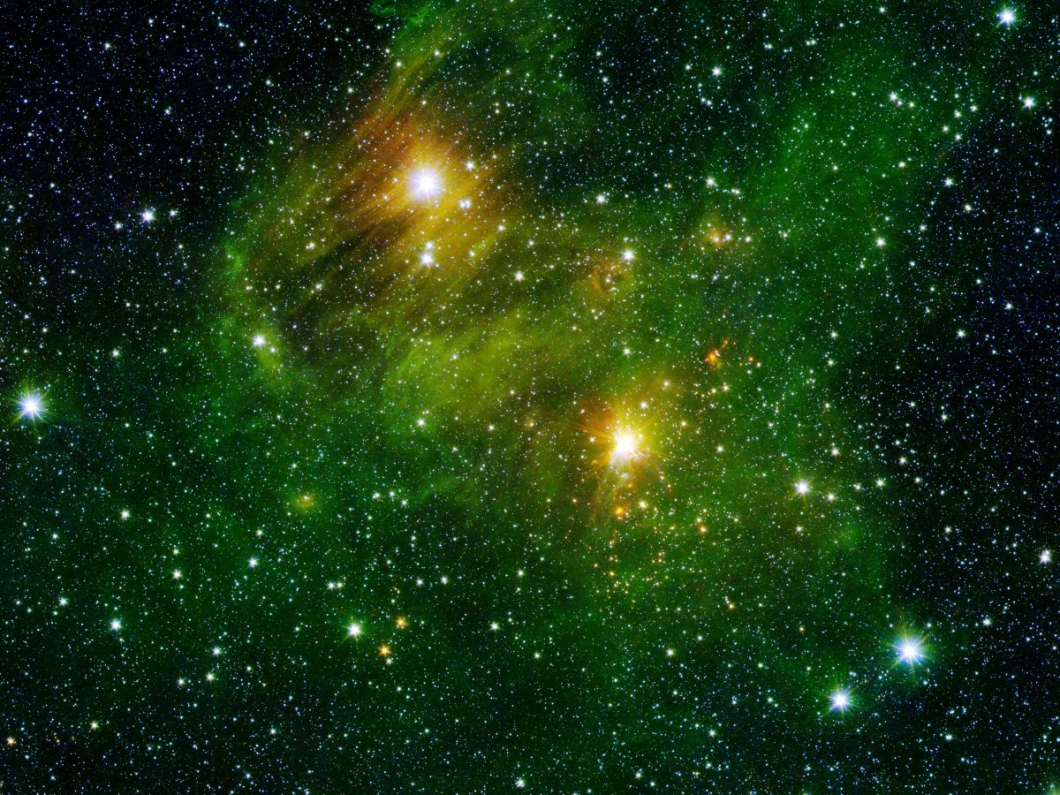Science Daily reported that astronomers hunting from a distance of 27,000 light-years found huge gas clouds in interstellar space contains a rare carbon-based molecules – and has branched molecular structure. Astronomers have detected that due to isopropyl cyanide, radio waves were emitted. This finding indicates that complex molecules necessary for life may have originated in interstellar space.
Using Atacama Large Millimeter / submillimeter Array, called ALMA – which is part of the U.S. National Science Foundation-funded radio telescope groups – researchers studied gas star-forming region Sagittarius B2.
The study from Cornell University astronomer, German Max Planck Institute for Radio Astronomy and the University of Cologne in Germany were being published in the journal “Science”. These organic molecules containing the distribution of star-forming regions on a single chain of carbon atoms in a “pillar.” which makes it the first time, scientists have detected in interstellar space such molecules, Senior Research Assistant wave physics and Space Research Center at Cornell University Robb · Garrod says.

This probe has opened up new areas of molecules formed in interstellar space complexity of these molecules could eventually reach the planet’s surface, Garrod said. This isopropyl cyanide branch carbon structure is required biomolecules – such as the construction unit basic amino acid protein – a common structure. This latest finding supports the critical biological molecules, such as amino acids in meteorites in common, often produced in the early stages of star formation – even in the formation of Earth-like planets have not before.
Garrod and two chief authors, belong to the Max – Planck Institute of Radio Astronomy Arnaud Belloche and Karl Menten, and the University of Cologne, Germany, Holger Müller, to detect the chemical components of Sagittarius B2, and the area near the center of the Milky Way’s interstellar, is an area rich in complex interstellar organic molecules.
Use ALMA, the research team conducted a comprehensive spectrum use surveys to find new interstellar molecules footprint, the survey sensitivity and resolution 10 times higher than the previous survey. ALMA Observatory in northern Chile designed to take advantage of the dry weather and high desert terrain by 66 sensitive radio antenna array to find the origin of the universe. The radio telescope array to form a spy universe is huge, “eye in the sky.”
“Understanding star formation in the early stages of the organic material produced for patchwork crucial transition from single molecules to the gradual process of chemical mechanisms underlying support life.” Beike Che says. ALMA spectrum of Sagittarius B2 region identified 50 separate feature isopropyl cyanide (and isopropyl cyanide linear molecule – 120 features normal propyl cyanide). These two elements – isopropyl cyanide and general propyl cyanide – is the region where the largest molecules detected in a star formation.

